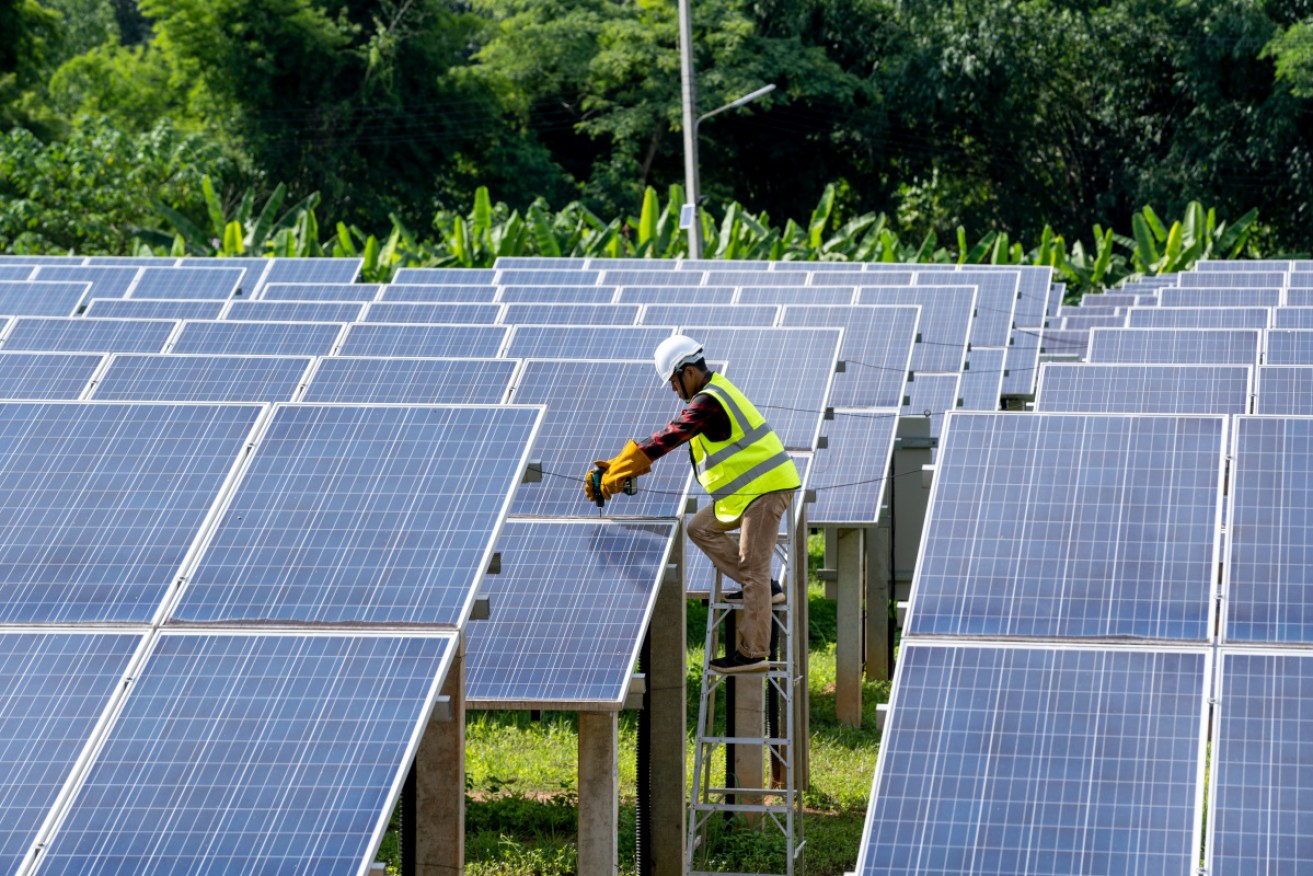Analysis reveals energy providers with cheapest deals in NSW, Victoria and Queensland


The report states Australia has the technology and the ability to reach net zero emissions by 2035. Photo: Getty
Electricity prices have fallen to eight-year lows, but the best deals are only available to customers who shop around.
New analysis from comparison site Canstar Blue shows lesser-known providers are offering deals up to 30 per cent lower than industry price ceilings set by state and federal governments.
But the rock-bottom prices are off limits to customers of big players like AGL, Origin and Energy Australia.
Canstar Blue’s research shows newcomer ReAmped Energy, which has about 60,000 customers, offered the second-cheapest tariff in South Australia, as well as the cheapest tariffs in Victoria, New South Wales and Queensland. (The research provided no data for the other states.)
In Brisbane and Melbourne, ReAmped charged 25 per cent and 30 per cent below the state-based price ceilings (known as reference prices or default market offers) respectively.
Other top performers include OVO Energy, GloBird Energy and QEnergy – as the tables below demonstrate.
Canstar Blue energy editor Jared Mullane said “the companies providing the best deals are pretty consistent performers across all states”.
Mullane said better-known providers, such as AGL, Origin and Energy Australia, had “great brand recognition” but were unwilling to lower prices as far as their more-agile competitors.
This means customers who stay loyal to the biggest brands will miss out on the chance to cash in on falling electricity prices.
In a report published on Monday, the ACCC said prices had fallen to eight-year lows in part because of the introduction of default market offers and in part because of more renewables flowing into the energy grid and a drop in energy demand due to the pandemic.
The ACCC said “the average cost to supply electricity to a residential customer is now $1434, down $128 or 8 per cent across the last two financial years”.
But although prices have fallen, they are still 32 per cent higher than in 2007-08, when the ACCC first started reviewing the power market.
And it’s difficult to know how much further prices will fall.
For how long will prices fall?
Grattan Institute energy program director Tony Wood said renewables are driving down household energy bills because they are driving down the average wholesale cost of power.
This is because they have a low marginal cost – i.e. producing a little more renewable energy is cheaper than producing a little more gas – because they don’t pay for fuel.
But the advantage of low marginal costs doesn’t last forever, because adding more renewable energy creates the need for more infrastructure.
“The other side of it is that the more wind and solar you have, the more you need to balance that out in the system,” Mr Wood said.
This means adding more gas generation and pumped hydro that can be turned on instantly to support the system when there is no wind or sun.
It also means adding expensive new transmission lines to transport power from new renewable generation centres to households and businesses – plus battery storage facilities to capture renewable energy when there is an excess amount.
Renewables no cost burden
Grattan conducted research earlier this year to find out how the cost equation would pan out once the costs of extra infrastructure were taken on.
“We found that we can get to somewhere around 60 to 80 per cent renewables [and] close down coal, and the costs of transmission and storage necessary would probably be not much different to what we have today,” Mr Wood said.
That means we could make a major transition to renewables and enjoy the same power prices as today, which Mr Wood said would be a remarkable feat if it were achieved.
And support from governments could make the transition even cheaper.
“Labor federally said they would develop a ‘rewiring Australia’ fund, which means they would provide direct grants to the transmission companies,” Mr Wood said.
That means the government would use its AAA credit rating to support upgrades to our transmission lines, which would reduce the costs to consumers and keep a lid on prices.
Mr Wood said New South Wales has committed to fund renewable energy hubs.
But Energy Users Association CEO Andrew Richards said expenditures to support the evolving energy grid could be massive.
“We’ve already seen costs on two new transmission lines blow out exponentially,” Mr Richards said.
“It’s too early to do a victory lap as we are very much in uncharted waters moving to a highly decentralised energy system.”











